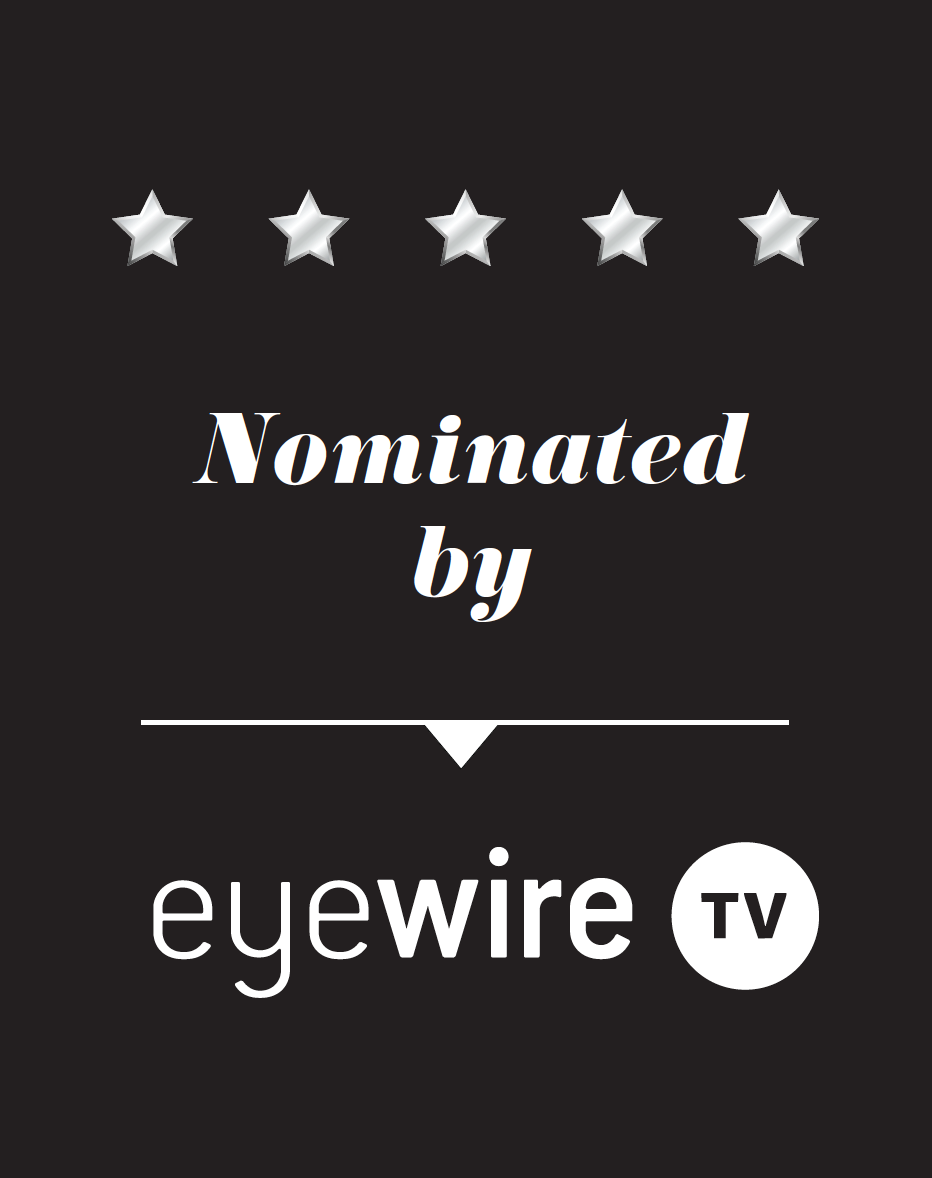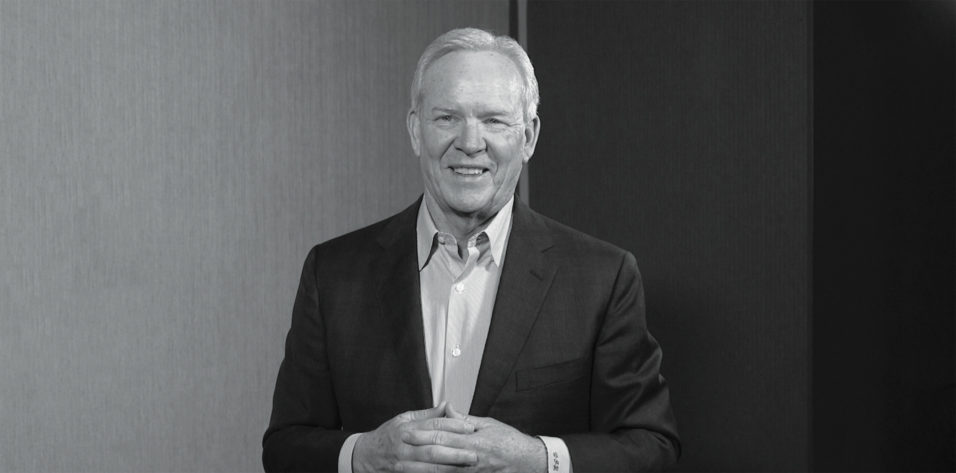Few people have had more of an impact on the advancement of technology in the ophthalmic space than Dr. Link. As a successful ophthalmic entrepreneur, executive, and venture capitalist, Dr. Link has been directly or indirectly instrumental in the advancement of many important new technologies in ophthalmology during a career that has spanned 3 decades. He was the founder and president of American Medical Optics, he served as chairman of the board at IntraLase before and after it went public and was sold to Abbott Medical Optics, and he was the founder, chairman, and CEO of Chiron Vision, which was sold to Bausch + Lomb. In the late 1990s, he transitioned into venture capital, and today, he is Managing Director at Versant Ventures. In this interview, Dr. Link talks about early-stage investment in ophthalmic medical devices and shares what he considers to be the biggest investment opportunities in the coming years.
Interviewed by Stephen Daily, Executive Editor, News

BMC: Who or what drew you to ophthalmology?
William J. Link, PhD: Well, it was serendipity for me. After I got my PhD in mechanical engineering and was trained as a veterinarian, I entered academia as an assistant professor of surgery at Indiana University School of Medicine. Then, when I was 29 years old, I was recruited to join a company in Southern California and I moved to the industry side. First day on the job in the big meeting room, the big boss at the end of the table, about an hour into the meeting, said, “Do any of you know about intraocular lenses?” And it was dead quiet. After 30 seconds or so I couldn’t stand it, and I said, “Well Mr. Pierie, I don’t know about those lenses, but I know an ophthalmologist. That started my career in ophthalmology.
BMC: You were a very successful ophthalmic executive, but can you talk about how you made the transition from being an executive to a venture capitalist?
Link: I had the good fortune of learning ophthalmology from the business side by building American Medical Optics. And then after that company was acquired by Allergan, I built Chiron Vision. So I knew ophthalmology deeply, and I had learned how to build value, if you will, by putting innovative products in the hands of great people and moving things to the marketplace. Eventually, a former colleague of mine who had gone into venture capital when I was involved at Chiron Vision approached me and said, “Bill, would you consider getting into venture capital? We need someone in medical devices here in Orange County.” And I said, “Well I think so, but what is it?” And he said, “You’ll learn it, and you’ll be good at it.”
BMC: At Versant Ventures, you look for early-stage investment opportunities in ophthalmology, and with so many different technologies at various stages of development, can you talk about the process in which you identify companies or entrepreneurs that you think are worthy of your investment dollars? What are the attractive features or characteristics that you look for?
Link: We look for four criteria. The first is an honest unmet need in the marketplace. The second is a meaningful technology or product that might be able to meet that need. Third is the team—are these folks skilled, and do we believe we’ll be able to team up with them and help move the project forward? And the fourth is the amount of cash, or capital, that might be required for the project. We weigh those four criteria for each and every opportunity.
BMC: And conversely, what are some of the red flags that may keep you away from investing in a company?
Link: Well, let’s look at each category. Maybe the market’s too small; it won’t warrant the investment and the time and energy that it’ll take to bring a solution to a small market. It costs as much to bring a solution to a small market as a big market. Second, maybe the technology is weak, or it has patent problems so it’s not clean enough to support and be able to win in the marketplace. Somebody might be able to copy it once we’ve shown how to do it. Third is the team. Maybe something in my gut says it might be hard to work with the team. And the fourth is, what if it takes too long and costs too much money? Any of those things can be knockout punches, and so you think of the probability. If a project hits the green light in each of those four categories, then it’s a go. But if one of the four isn’t quite right, then we stand back.
BMC: Access to capital is obviously crucial for early-stage medical device companies, but can you talk about some of the other important factors that are involved in moving a product forward through the regulatory and development cycle?
Link: One of the things we watch for is whether a product, or a technology, has already gone down a regulatory path. For example, if we have a new IOL, well guess what, dozens of lenses have gone through the regulatory path so it’s not rocket science. We say “OK, the size of the study is this, it’ll be 1-year follow-up.” So it’s a predictable regulatory path. If it’s a product or technology that’s never been down that path, there’s a higher level of uncertainty. Sometimes that keeps us from making an investment.
BMC: Looking back at your career, can you give an example of one of your investments, or perhaps one of your professional accomplishments, that you are particularly proud of?
Link: Oh wow, I’m proud of many, many of our projects. But you know what, I would take IntraLase (now Johnson & Johnson Vision) and all-laser LASIK as an example. And what I’m especially proud of there is that not only was the technology amazing, but the team was great. We had the original concept of doing an intracorneal refractive procedure, and not creating a flap—to go beyond LASIK, that was our idea. It failed. But the team gathered around, and said, “Well, that’s not working.” We had to accept that. What else could we do? And then the team came up with the idea to make a better flap than the metal microkeratome. And so we did that. And we’ve helped now probably millions of people with that better flap. The investors did well, and the team did well, so it was kind of a diving catch. I call it bouncing back from a near-death experience.
BMC: Would you be willing to share an example of an investment that did not work out as you had hoped?
Link: You bet. We have all heard the phrase, “We learn more from our failures than our successes,” and I believe that! Refractec was a company that failed. We were trying to help surgeons treat presbyopia to restore intermediate and near vision with conductive keratoplasty. It was a little ultrasound probe and it worked pretty well. We had the best team. We tried hard. We had a partial success in the marketplace. But ultimately, the results were not predictable enough to gain the confidence of the surgeon and the patient and so it failed. It was a tough issue, and it cost the better part of a decade of investment for some of the team. Tens of millions of dollars were lost, but we tried our best, and we learned, and hopefully we applied some of those learnings to our next project.
BMC: I’m curious to get your thoughts on the increased interest and activity from private equity in ophthalmology during the past 2 to 3 years. What are your thoughts on that trend? Also, what advice would you have for a physician who is considering going the private equity route?
Link: A couple of thoughts. The model that I think can work when a financial partner acquires or partners with a physician’s practice is to have the physician and the team retain ownership and a sense of influence and responsibility. I call it a blended ownership model< that I believe private equity is utilizing now. That gives me more optimism that this will work for the investor, but also that it will work for the ophthalmologist and the team.
BMC: Where do you see the best investment opportunities in ophthalmology for the next 2 to 3 years, and then longer term for the next 10 years?
Link: Well in the near term, ocular surface continues to be a very important category. Dry eye is an eclectic disease, and it is clear that multiple technologies and procedures will be required to help patients who have dry eyes. So there are multiple shots on goal in this sector. When a category or a sector like dry eye gains momentum, it attracts quite a few entrepreneurs as well as adequate capital to support those projects. So that would be an example in the next 2 or 3 years, and I think we’ll continue to see investment and innovation on the front of the eye.
I’d say intermediate and longer term, some of the bigger, tougher projects in ophthalmology tend to be related to the retina and to glaucoma. These are age-related, tough diseases. It’s not optics like, “Oh gee, let’s fix the cornea so that it focuses light better on the retina.” It’s actually the complex performance and health of the retina that is required to deliver good vision for the patient. And so I think, for the intermediate and longer term, retinal disease and glaucoma are highly important.
BMC: When you’re not working to find the next big thing in ophthalmology, what activities outside of work keep you busy?
Link: Well, I like to play. And so I love in the summertime, in the mountains, to do some fly fishing and hiking and so forth. In the fall, I love to bird hunt. It’s one of my hobbies. And in the winter, I ski. But most importantly, year-round when I’m not absorbed in my next project, I’m hopefully teaming up with my family—my wife Marsha, and our kids and grandkids. They’re the foundation of my life.
BMC: Related to that, looking forward, what does the future hold for you? Do you plan on continuing in your current role for the immediate future, or are there any plans on winding down a little bit?
Link: Winding down? That’s the antithesis! One of the things that’s wonderful about my life is that I get to work on important, challenging projects with people I care about and trust. And when we’re lucky enough to do well, many people benefit. The nourishment I get from helping in that process is amazing. I think it’s sustainable. Marsha tries to get me to be realistic about how long and how many projects I can continue to work on, but I have no plans of changing.
BMC: And one last question, if you had to nominate one person you would consider a creative mind in ophthalmology, whom would it be and why?
Link: Richard L. Lindstrom, MD. Dick is a creative thinker who has an amazing depth of understanding of clinical and surgical practice and patient care. He also has an amazing understanding of the business of ophthalmology. So he has the kind of spectrum of knowledge and insights that many of us wish we had.




